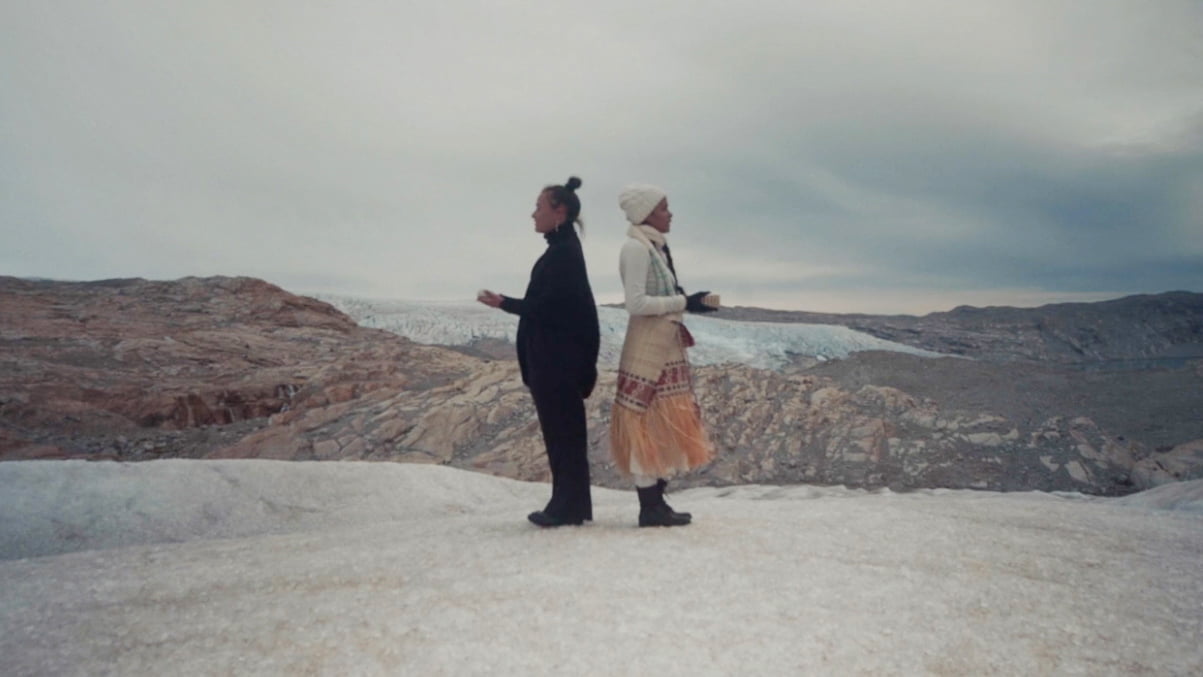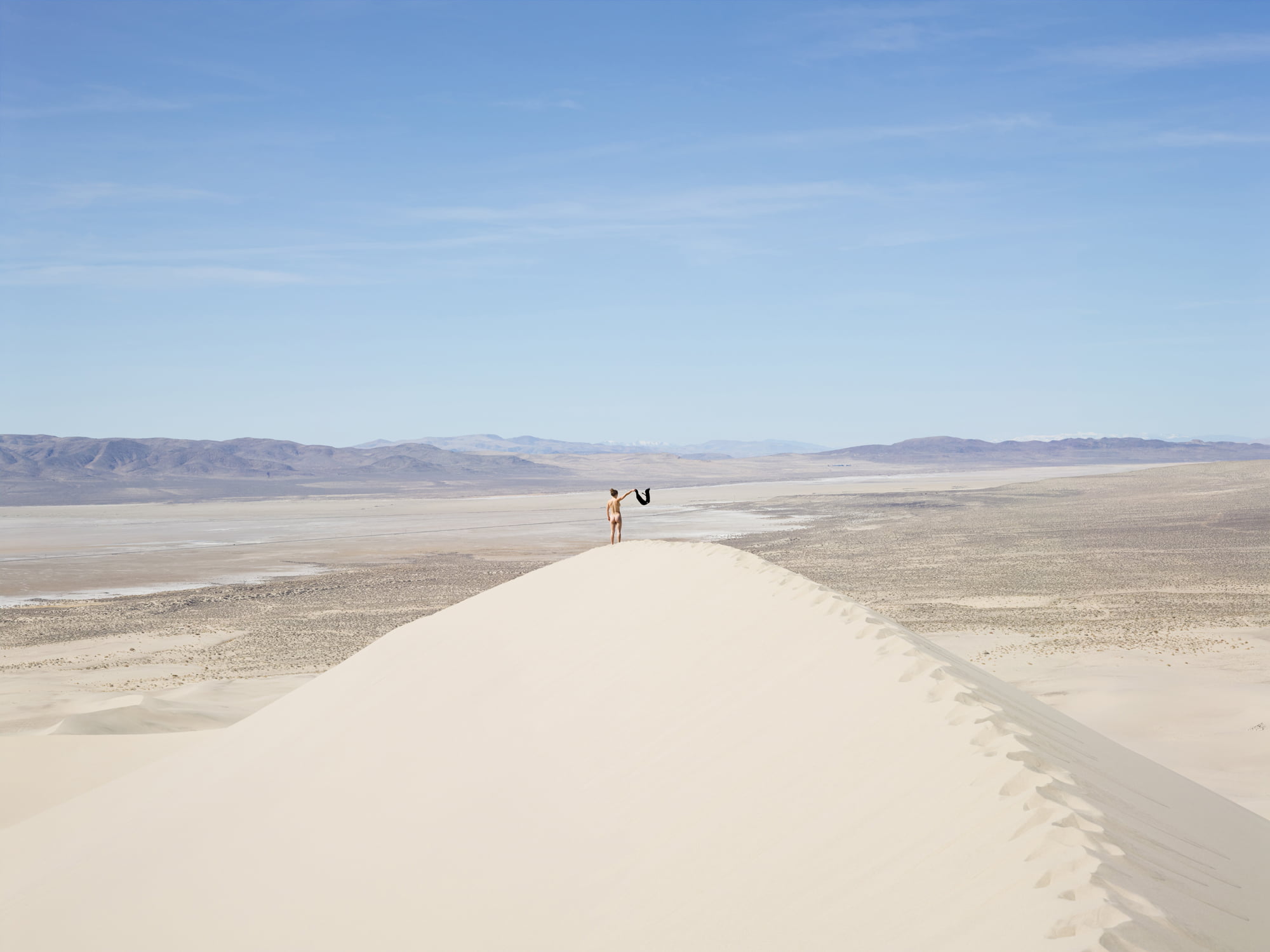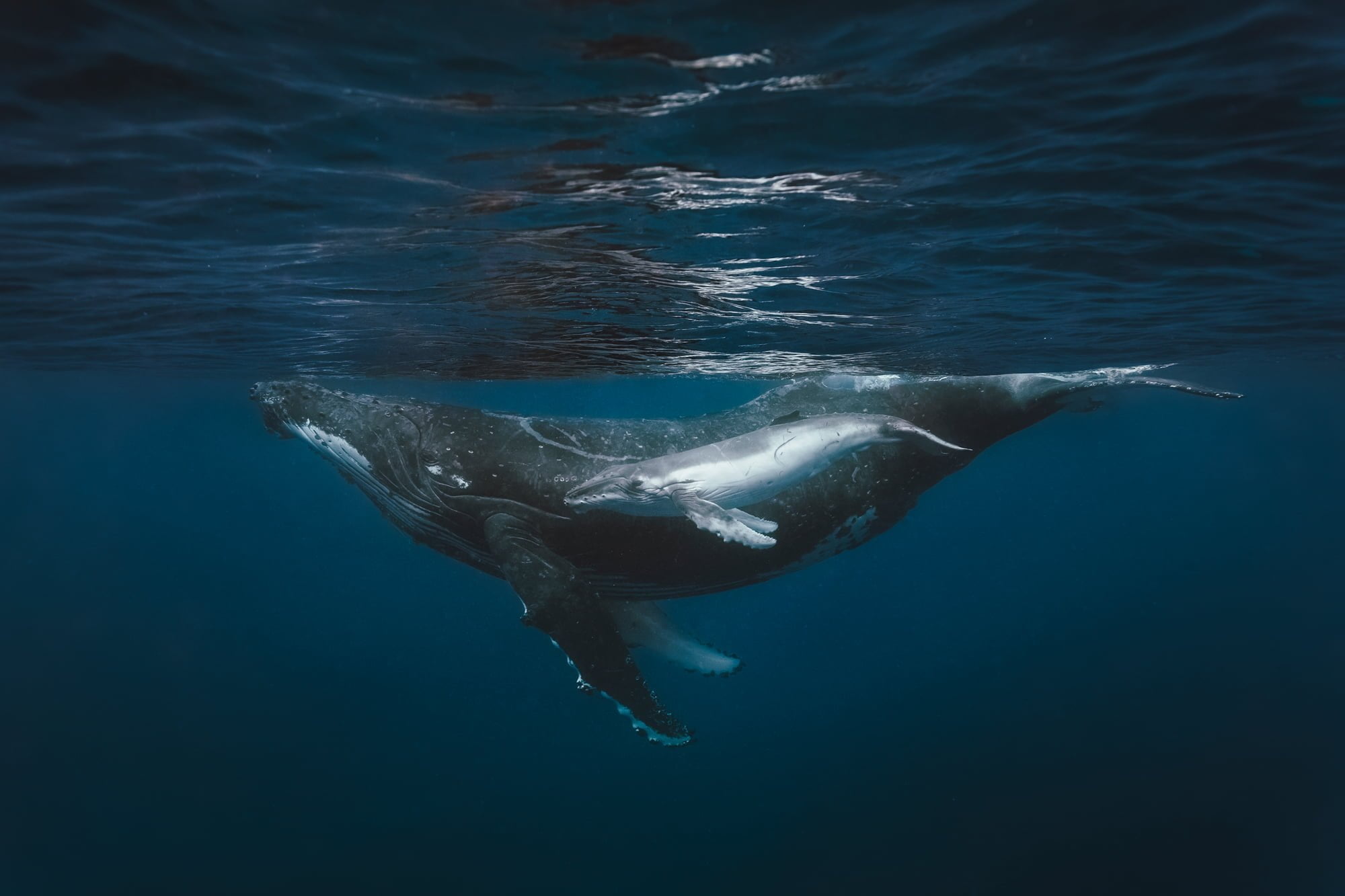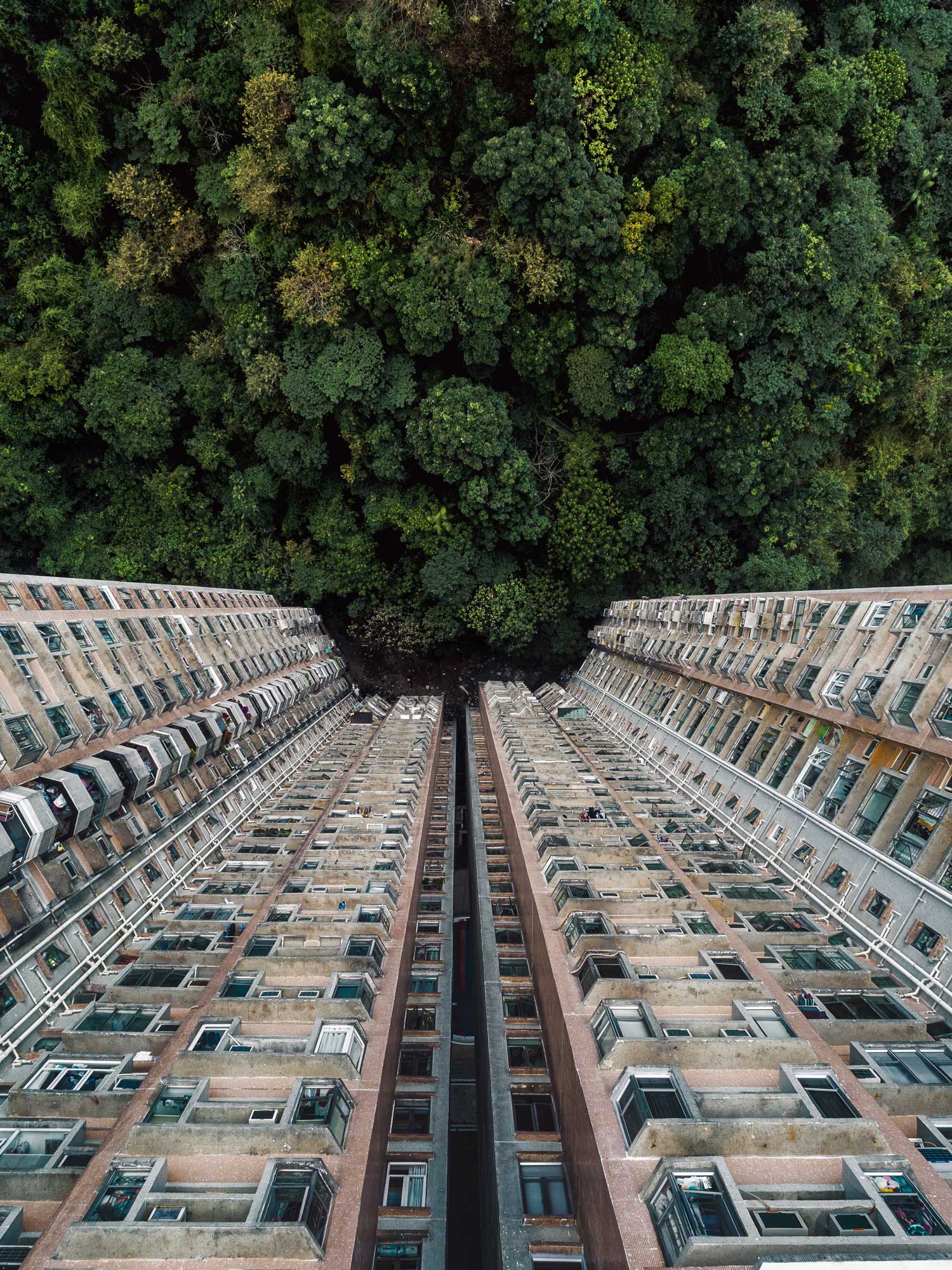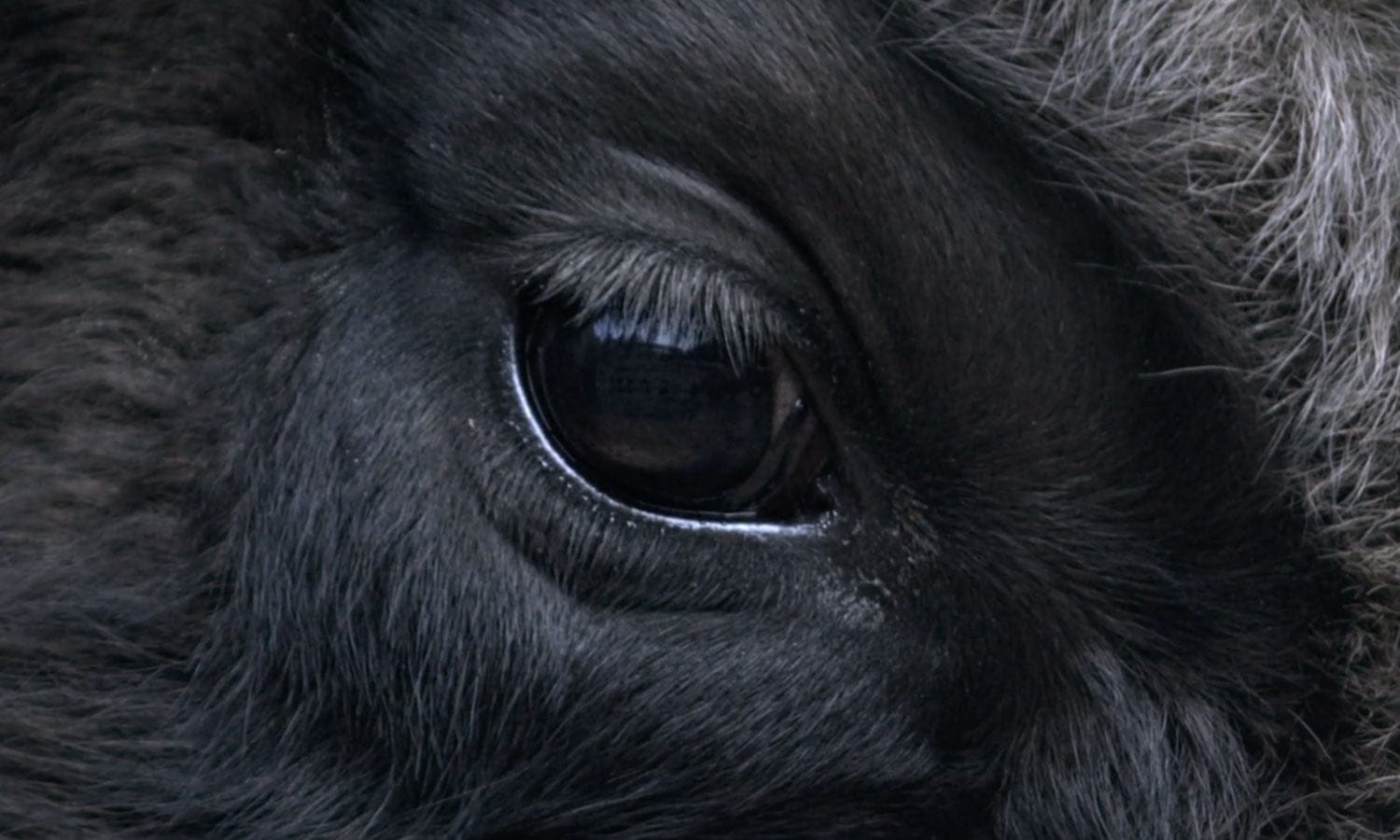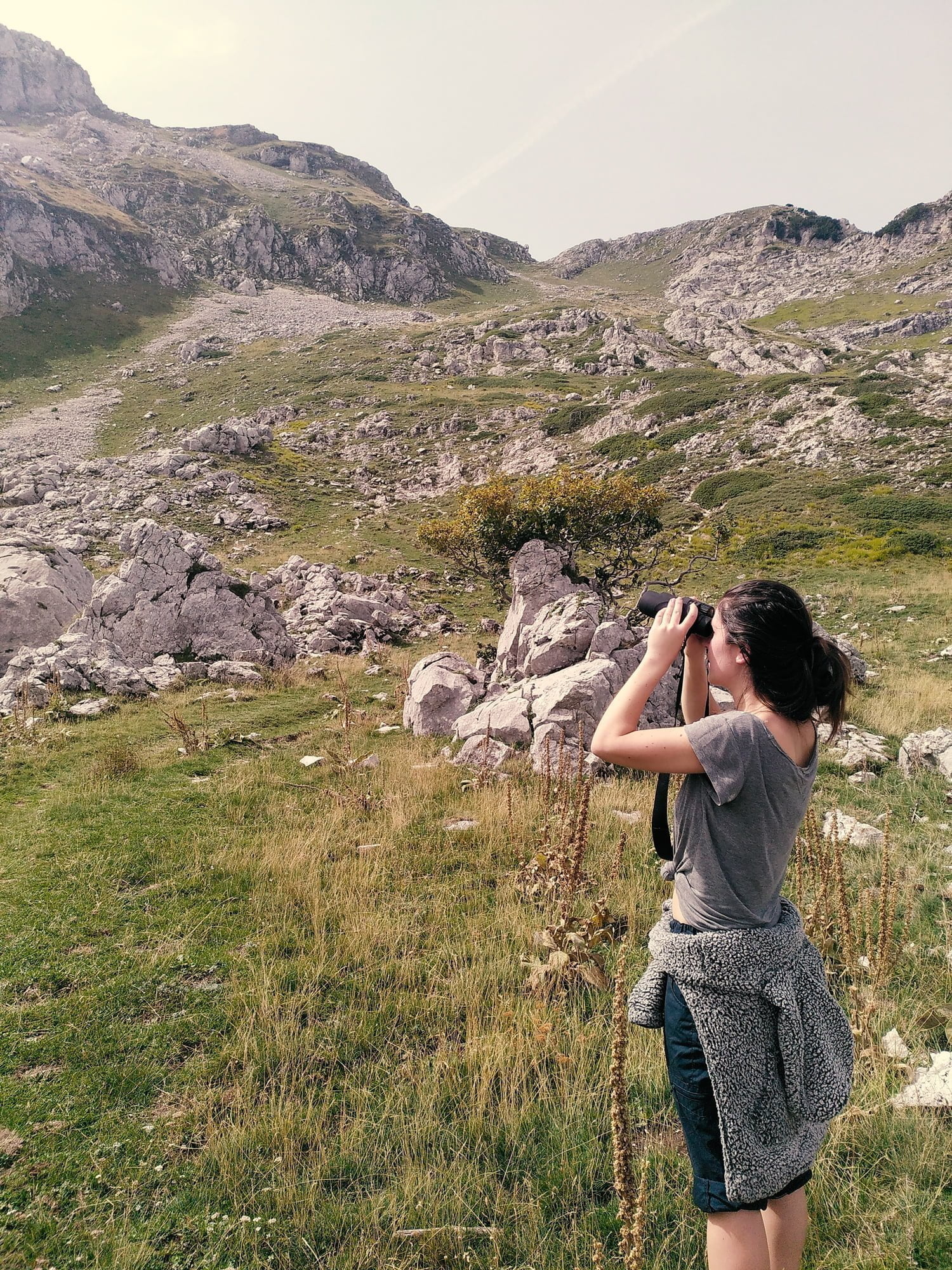What happens when we embrace the idea that every plant, animal, river and tree is related to us, just as we are related to them? What kind of world could we create? Environmental anthropologist Sophie Chao explores these questions and more, inspired by the time she spent living with the Marind people of New Guinea.
Growing up as a child in Hong Kong, I believed the sky was a geometric shape. I knew it as a grey, jagged cut-out, framed by the angular contours of towering skyscrapers. When I was six, my parents took me to the Tibetan plateau, where I discovered that the sky had no sides, corners, or limits. Instead, it stretched beyond my gaze – enormous, horizonless, endless. The vastness of this airy expanse terrified me – as if there was too much of this boundless sky, and too little of the small, single, human individual that I was.
Part of me wanted to immerse in this nature unfettered by man-made buildings and boundaries. Another desperately wished to retreat to the urban world of straight lines I was accustomed to. My eyes had been opened to a sky and landscape beyond the grip of highways and high-rises. Yet in my young mind, nature and culture still existed as two separate realms – the one wild and intimidating, the other homely and familiar.
“I discovered a world in which animals and plants are not resources to be exploited, but persons deserving of respect”
Fifteen years later, I worked with Indigenous communities in Indonesia whose relationships to the environment radically challenged my assumptions about the nature-culture divide. Among them are the Marind peoples of rural West Papua, whom I have had the immense privilege to live with and learn from over the course of the last decade. It was in the company of my Marind friends that I discovered a world in which animals, plants, and elements exist not as passive resources to be exploited or controlled, but rather as persons and relatives, deserving of human respect and reverence – in other words, a kincentric world.
We are family
During the twenty months I spent living at the heart of the New Guinean rainforest, my Marind companions introduced me to many of their other-than-human kin – cassowaries, birds-of-paradise, tree-kangaroos, sago palms, gaharu trees, rocks, and rivers. Marind refer to these organisms as grandparents (amai) and siblings (namek) and share common descent with them from ancestral spirits. Each of these entities, my friends told me, exists by virtue of its mutualistic relations to other species. Each plays a vital role in sustaining the forest ecosystem. Each is imbued with agency, sentience, and consciousness, and merits care and nurture.
“The Marind people have no word for ‘nature’ or ‘culture’ because they are not separate realms of life”
The way Marind talk about plants and animals exemplifies their ethos of a multispecies world vision where the world does not revolve around us. Organisms are valued not in terms of their usefulness to humans, but rather in terms of their profound interdependence with humans and their identities as cherished family members and conscious persons. Plants and animals, my companions often corrected me, are a “who”, not a “what”. Some rivers are “she’s” and some mountains are “he’s” – but never “it.” Marind have no word for “nature” or “culture” because they are not separate realms of life. Nor is there a word in Marind for what science calls “species.” Instead, plants, animals, and humans exist as stories that trace their diverse origins, relations, dispositions, desires, and personalities.
In the Marind world, then, humans and non-humans do not inhabit distinct hierarchies of worth, nor are they confined to compartmentalised categories of being. Rather, humans and their other-than-human kin become with one another through intimate and ancestral relations of reciprocity, respect, and reverence. These relations vastly transcend dominant Western nature-culture binaries, together with associated hierarchies of value such as body over mind, and human over non-human. And yet, these relations that are routinely ignored, forgotten, and undermined in an age of global environmental crisis, when human-driven natural resource extraction is driving countless plant and animal beings to the brink of extinction. Thinking with Marind thus offers fertile grounds for reimagining our meaningful entanglements with other-than-human beings, as they unfold in the course of everyday life.
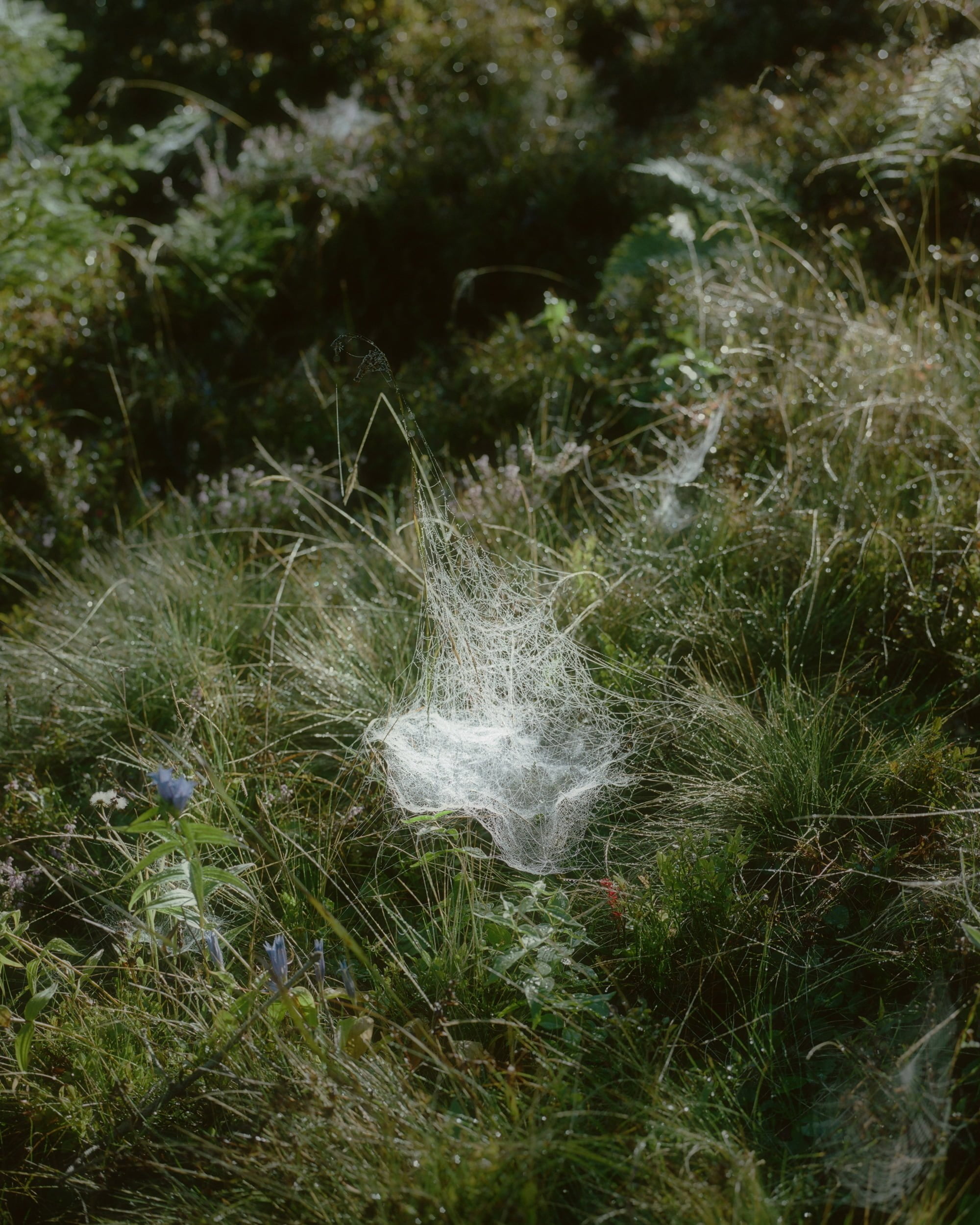
People, plants, animals, insects – even rocks and rivers: we’re all kin. Photo: David Avazzadeh/Connected Archives
The forest comes first
Take, for instance, the ways in which Marind’s beliefs shape their forest-based foodways. During hunting, fishing, and foraging expeditions, my companions perform rituals, chant prayers and songs, and recount stories that commemorate and celebrate their kinships to the forest’s diverse and nourishing beings. It is strictly prohibited to hunt young or young-bearing animals, capture game during the mating season, and gather plants that have not yet reached full growth. It’s about supporting a sustainable use of forest resources without depleting them.
Knowing and respecting the forest also includes activities that help the plants and animals thrive. For instance, my friends clear pathways for pigs and deer to travel to water catchments, leave fruit and nuts behind for cassowaries to feed on, and transplant sago suckers to enhance their access to water, sun, and nutrients. Transmitted intergenerationally in the form of stories, songs, and skills, these ancestral forms of knowledge imbue forest foods with meanings and memories that are bodily and affective, individual and collective, and human and more-than-human.
“Stop talking, start listening! Stop writing, start walking!”
Marind enskilled me in knowing the forest and my place within it through my body and senses. As my companions frequently exhorted, “Stop talking, start listening! Stop writing, start walking!” Relinquishing pen and paper, I learned to notice the rippling of meandering rivers, the gentle swaying of sago fronds, and the mellifluous chirrup of birds roosting high up in the canopy. My friends pointed out the intricate patterns of bark and foliage, the patchwork of footprints left by itinerant boars and cassowaries, and the shallow nesting holes of riverine fish and turtles. They taught me to inhale the rich scent of juniper twigs, petrichor, and damar resins. They made me run my fingers repeatedly along the pubescent leaves of shrubs and bushes, and deep into rotting stumps where plump sago grubs and larvae incubate. Matter and meaning crystallised in the forest as a multispecies contact zone, inscribed in the storied and sensory textures of the landscape and its diverse, kindred beings.
Circular in life and beyond
The Marind multispecies worldview also manifests in exchanges of “skin” (igid) and “wetness” (dubadub) that are central to the wellbeing of all life. Skin includes human flesh, the bark of trees, coats of mammals, beetle shells, as well as surfaces of rivers and streams. In humans and animals, wetness takes the form of blood, grease, muscle, sweat, saliva, and tears. In plants, wetness manifests as resin, sap, pith, and nectar. Rivers, mangroves, and clouds, too, are imbued with wetness that sustains the landscape’s terrestrial, aquatic, and aerial lifeforms.
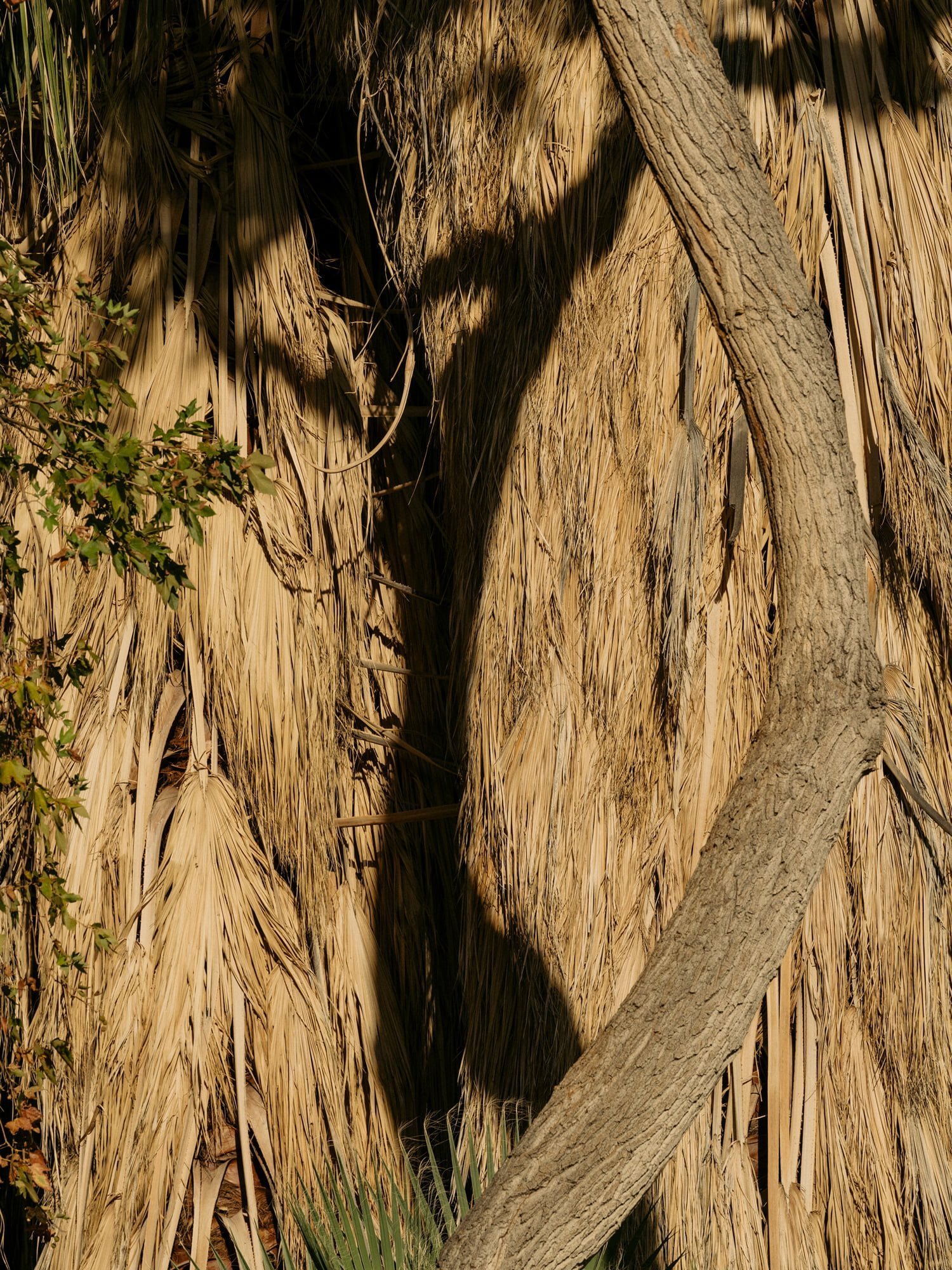
For the Marind of Papua New Guinea, tree bark and human skin are just different forms of the same universal property that living beings share. Photo: Robert Rieger/Connected Archives
Exchanges of skin and wetness between humans and the environment (both living and non-living) are encouraged through bodily immersion in the forest – when Marind imbibe the moisture of the soil beneath their feet, inhale the dew hanging in the morning air, caress the fur and feathers of birds and possums, and ingest the flesh and fluids of forest animals and plants.
Importantly, exchanges of skin and wetness also allow Marind to feed the environments that they depend on for their subsistence, in a natural circularity. Human sweat, for instance, infiltrates the mud as people labour in the grove, nourishing a diverse community of insects. Human blood becomes fodder for critters such as leeches and mosquitoes. And Marind continue to nourish their other-than-human kin long after their death. As their bodies decompose in the forests where they are buried, flesh and fluids seep into the ground, feeding earthworms, beetles, and millipedes, and the mammals and birds that prey upon them. Life-sustaining wetness and skin are passed on to these species’ own offspring and eventually return to the forest when they die. Each of these exchanges speaks to the shared substance and sentience of human and other beings – as lifeforms, as persons, and as kin.
“Indigenous philosophies invite us to rethink the environment beyond concepts of ownership”
Indigenous cultures leading the way
Such Indigenous philosophies of coexistence have enabled humans to live in harmony with the environment for millions of years. Letting ourselves be inspired by them offers more space to imagine our relationship to the natural world than the individualistic and anthropocentric mindset at the heart of current nature-culture divides. They invite us to rethink the environment beyond concepts of property and ownership, and instead through the lens of interspecies co-becoming. They bring us to reposition ourselves within a broader spectrum of life, animated by plants, animals, and elements who also count as persons and relations. In doing so, Marind worldviews provide vital pathways for expanding the scope and subjects of “society” beyond the human and for becoming accountable to the diverse lifeforms who make human existence possible.
Beyond the rainforests of New Guinea, Indigenous philosophies, and their positioning of people within a much broader and diverse community of life, are vital to ensuring the flourishing and future of our species, in an epoch when industrial activities are undermining conditions of life at a planetary scale. Following Marind, we might begin by rethinking how we talk or write about the more-than-human world – not as a “what”, but as a “who”. We might become apprentices of this world by noticing, attuning, and immersing in its smells, sounds, sights, tastes, and textures. We might reimagine our everyday environments as encompassing more than the now, more than the individual, more than the human, and more than the living. We might also depart from dominant binaries, like nature and culture, that impoverish our world by subjecting life in all its diversity to reductionist categories of being and of worth. Instead, we might transform our perception and experience of the world as a dynamic realm of multispecies vitality, enlivened and enriched through our shared sentience and skin.
Learning from Marind has brought me to reflect differently on my childhood experience of encountering the skies of Tibet. In the image of this horizonless expanse, Marind philosophies are incomparably expansive in the way they make space for plants, animals, and elements as bearers of rights, dignity, and meaning. Thinking with these philosophies has helped me cultivate a reflexive attentiveness to other-than-human beings and doings – not purely for their aesthetic or instrumental purposes, but rather as a way of reckoning with their consequential roles as world-makers and dwellers. In the process, these philosophies have transformed the small, single, human individual that I became in the face of an indomitable sky, into a curious, composite, and creative-minded being, whose matter and meaning are magnified by myriad meshworks of more-than-human life. Cultivating such a change in mindset has the potential to help all life on the planet to thrive.
Sophie Chao’s new book, In the Shadow of the Palms: More-than-Human Becomings in West Papua, will be published by Duke University Press in June.
Main photo: Eylul Aslan/Connected Archives

